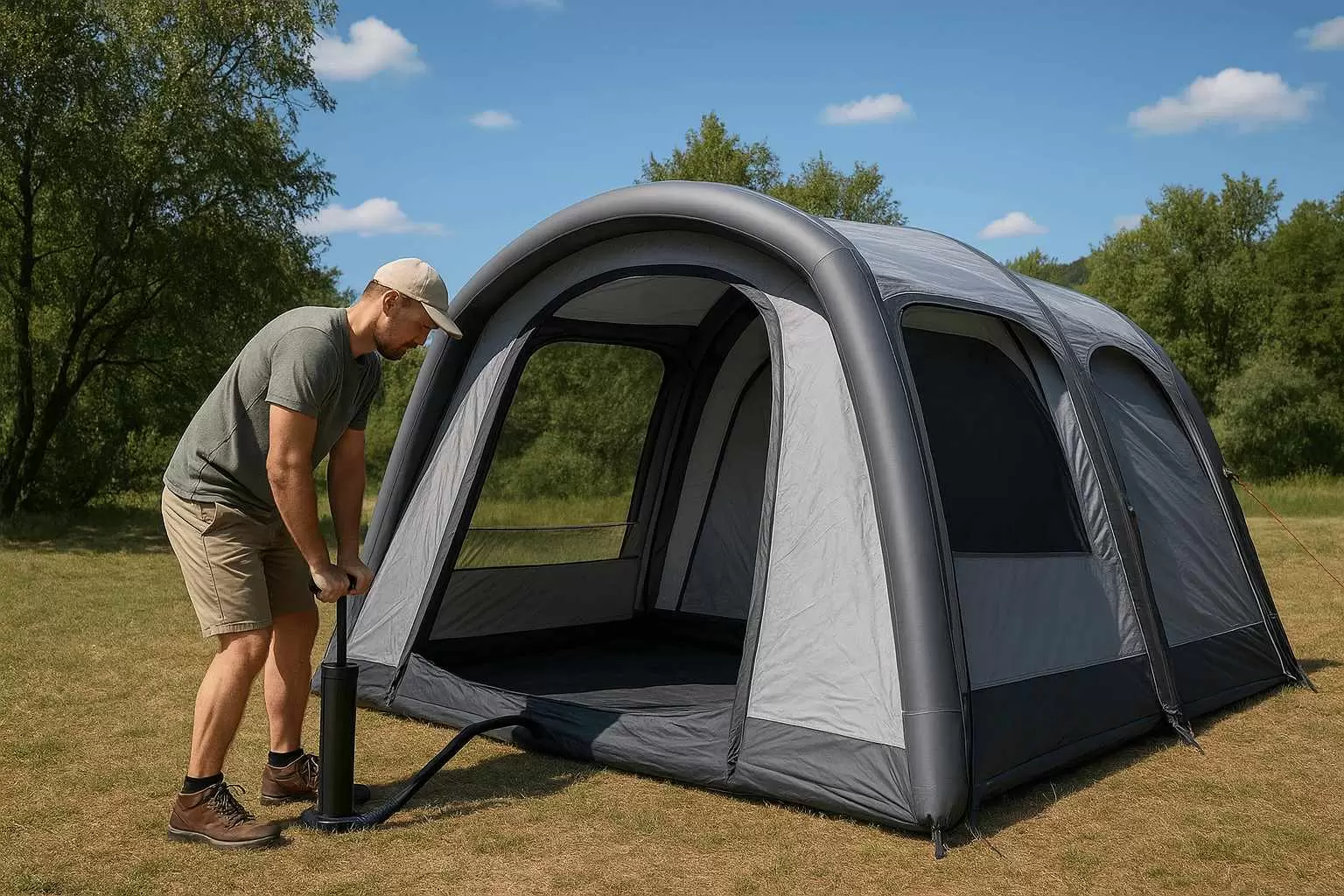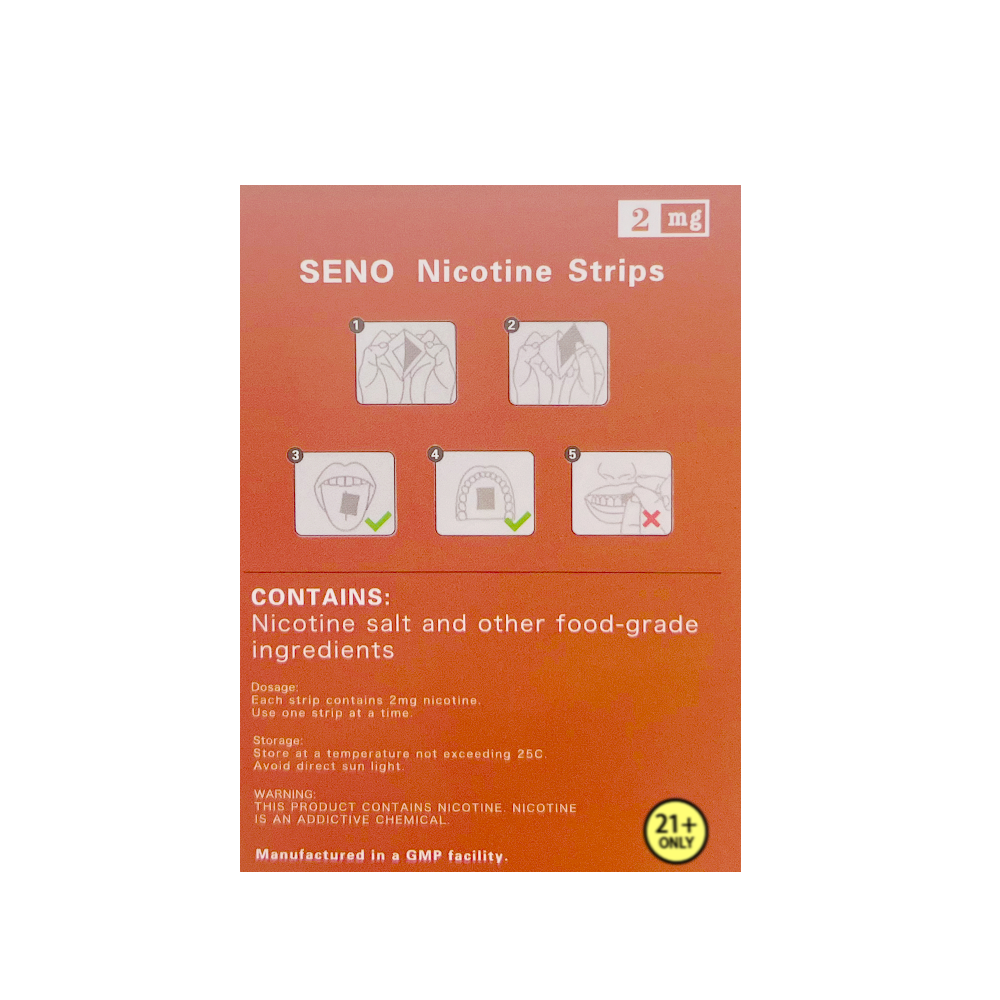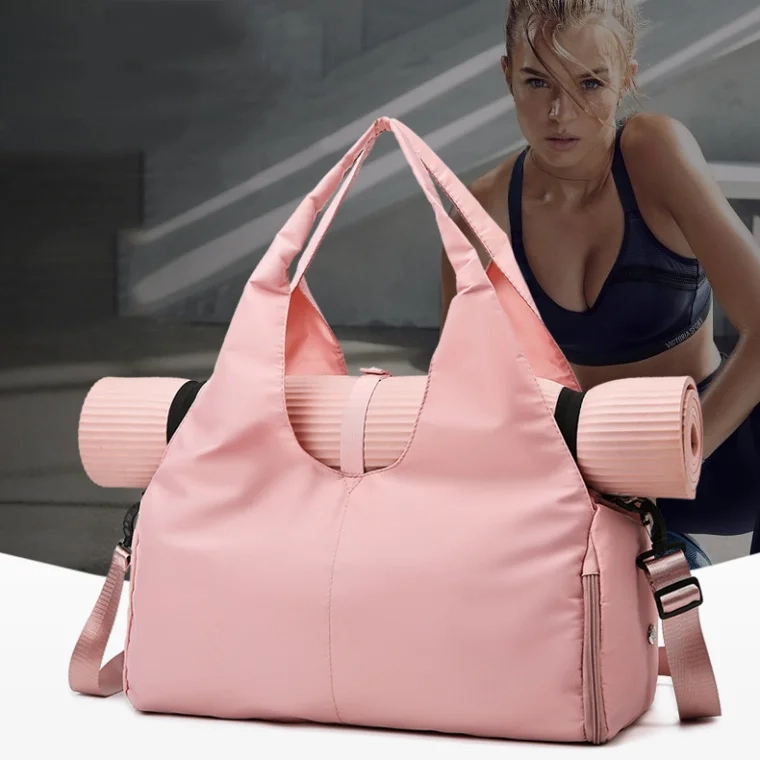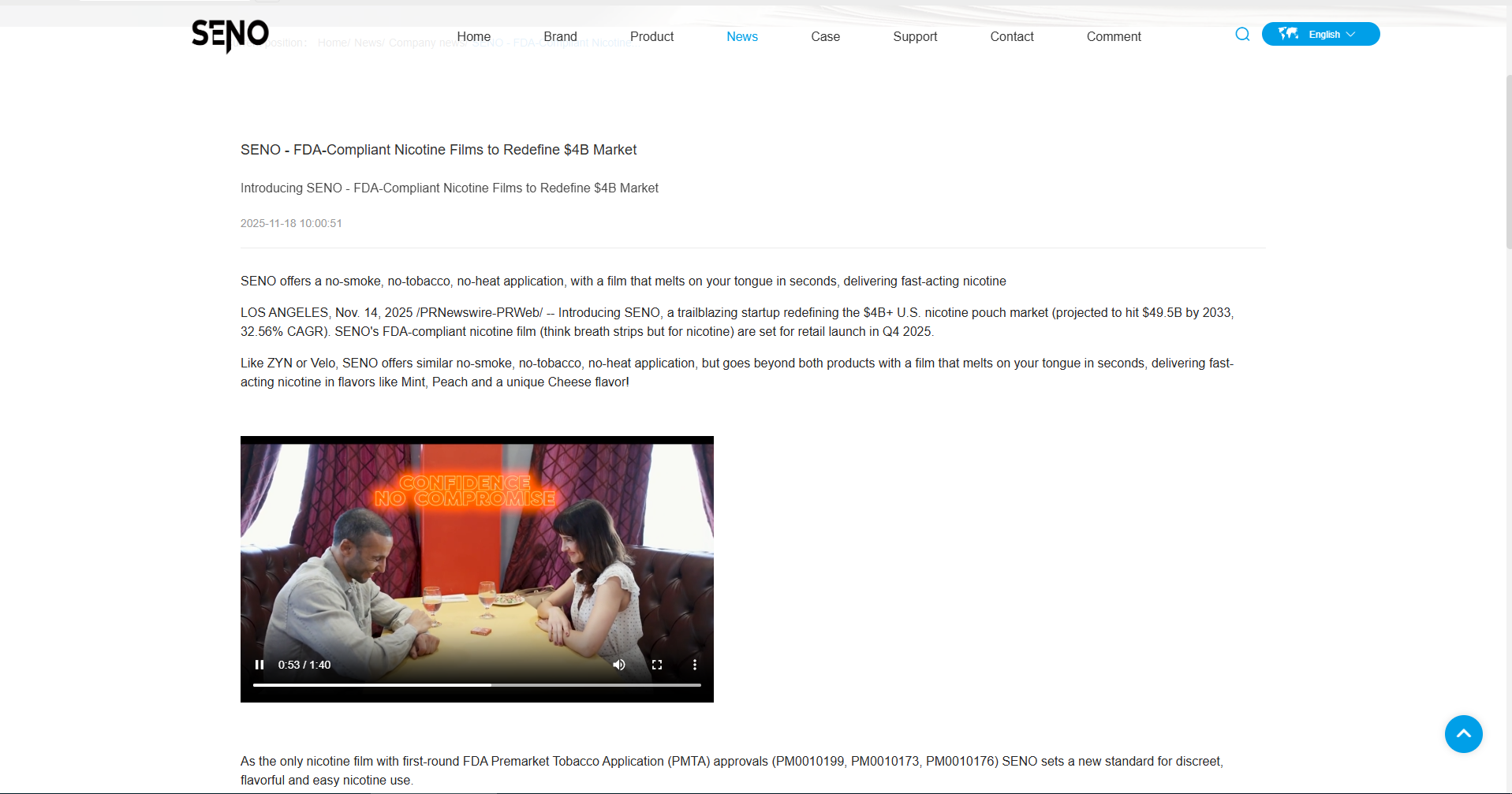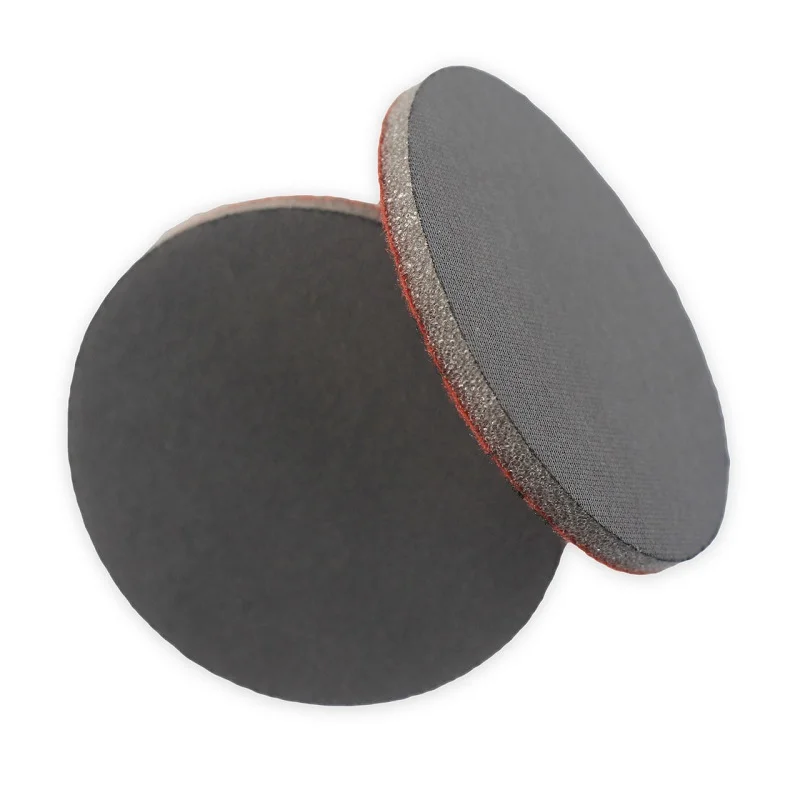When it comes to hair care, the myriad of products available can often leave consumers feeling overwhelmed. One such product that has gained immense popularity in recent years is leave-in conditioner. However, a common question arises: Do I put leave-in conditioner on wet hair? The answer is nuanced and depends on various factors, including hair type, desired results, and the specific formulation of the leave-in conditioner itself. In this post, we will delve into the science behind leave-in conditioners, the optimal application techniques, and how to tailor your hair care routine to achieve the best results.
Understanding Leave-In Conditioner
Leave-in conditioners are designed to provide ongoing moisture and protection to the hair after washing. Unlike traditional rinse-out conditioners, leave-in formulas remain in the hair, offering benefits such as detangling, heat protection, and frizz control. They are typically lighter in texture and contain ingredients that help to seal moisture, making them ideal for various hair types, from straight to curly.
The Science of Hair Absorption
To answer the question of whether to apply leave-in conditioner on wet hair, we must first consider how hair absorbs moisture. Hair is composed of a protein called keratin, which can swell when exposed to water. This swelling allows for better absorption of products. Applying leave-in conditioner on wet hair can enhance its ability to penetrate the hair shaft, providing deeper hydration and nourishment.
Benefits of Applying Leave-In Conditioner on Wet Hair
- Enhanced Moisture Retention: Wet hair is more porous, allowing leave-in conditioners to penetrate more effectively. This can lead to improved moisture retention, especially for those with dry or damaged hair.
- Detangling Ease: Applying leave-in conditioner on wet hair can significantly reduce tangles, making it easier to comb through without causing breakage. This is particularly beneficial for individuals with curly or textured hair, which is often more prone to tangling.
- Heat Protection: If you plan to style your hair with heat tools, applying leave-in conditioner on damp hair can provide an additional layer of protection against heat damage.
- Frizz Control: For those battling frizz, applying leave-in conditioner while the hair is still wet can help to seal the cuticle, reducing the likelihood of frizz as the hair dries.
Tailoring Your Application Technique
While applying leave-in conditioner on wet hair is generally beneficial, the technique can vary based on hair type:
- Fine Hair: For those with fine hair, it’s advisable to use a lightweight leave-in conditioner and apply it sparingly to avoid weighing the hair down. Focus on the mid-lengths and ends rather than the roots.
- Thick or Curly Hair: Individuals with thick or curly hair can benefit from a more generous application. Distributing the product evenly through the hair using a wide-tooth comb or fingers can help ensure that every strand is coated.
- Color-Treated Hair: If your hair is color-treated, look for leave-in conditioners that contain UV filters and antioxidants to protect against fading. Applying on wet hair can help lock in moisture and maintain vibrancy.
Conclusion: The Best Practice
In conclusion, applying leave-in conditioner on wet hair is generally recommended for optimal results. The key is to choose a product that suits your hair type and to apply it correctly. By understanding the science behind hair absorption and tailoring your technique, you can maximize the benefits of leave-in conditioners, leading to healthier, more manageable hair.
